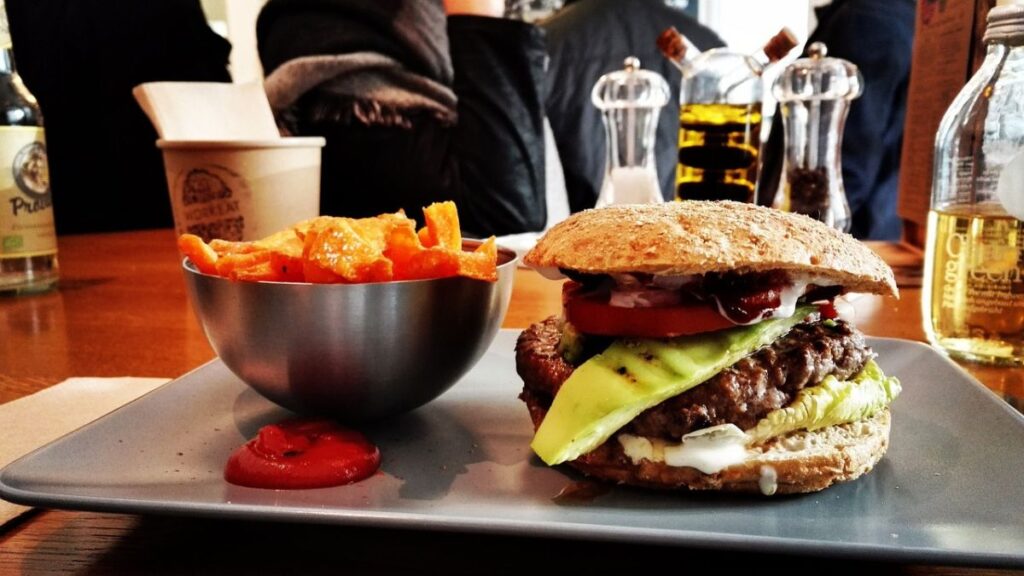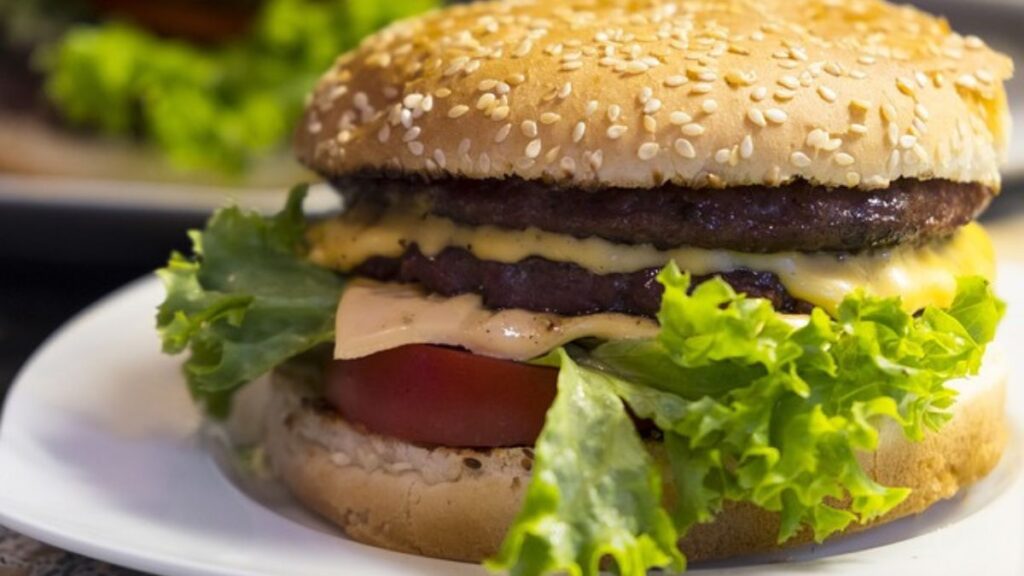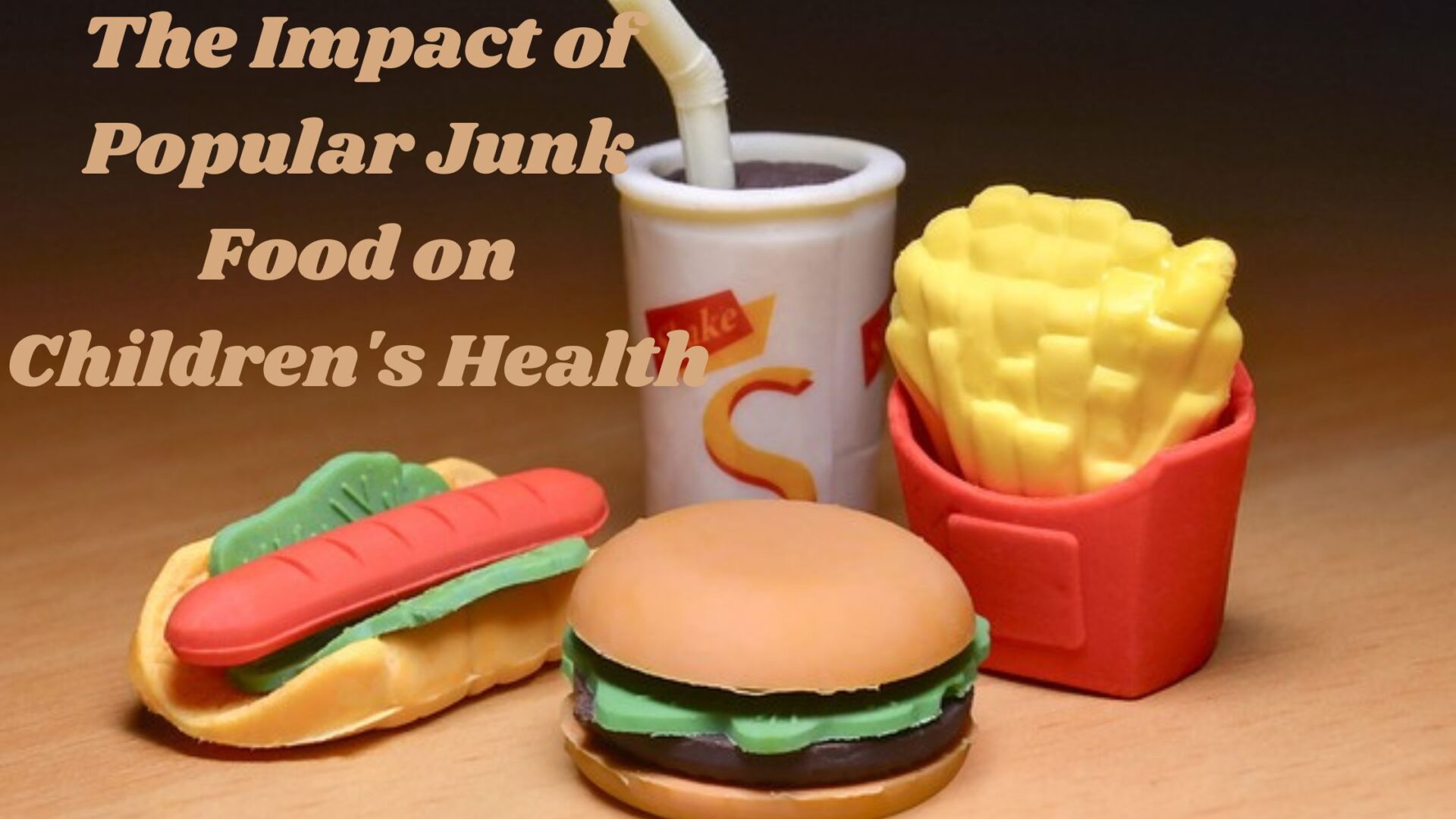Introduction:
“Navigating the Influence: The Impact of Popular Junk Food on Children’s Health”

In today’s fast-paced world, the popularity of specific junk food items has become a significant influencer in children’s dietary habits, ultimately shaping their overall health and well-being. This article aims to delve into the intricate relationship between popular junk foods and children’s health, providing insights into the potential consequences and suggesting ways to navigate these influences for a healthier future
What factors contribute to the widespread popular junk food among children, and how do marketing strategies, flavor profiles, and convenience play a role?
The widespread popularity of current popular junk food items among children can be attributed to a combination of factors, where marketing strategies, flavor profiles, and convenience play pivotal roles in capturing their attention.

- Marketing Strategies: Advertisements specifically designed to target children utilize vibrant colors, catchy jingles, and beloved characters to create an appealing image for these junk food items. In many cases, companies employ marketing tactics that establish an emotional connection with the younger audience, making the products more enticing.
- Flavor Profiles: Junk foods are often engineered to have irresistible flavor profiles, combining sweet, salty, and savory elements. The combination of intense flavors triggers sensory pleasure, making these items more appealing to children who are naturally drawn to such tastes.
- Convenience: Many popular junk foods are convenient and easily accessible. Pre-packaged snacks and fast-food options fit well with busy lifestyles, providing a quick and hassle-free solution for parents and caregivers. The convenience factor makes these foods more likely to be chosen for on-the-go or hectic meal times.
- Peer Influence: Children often seek social acceptance, and peer influence plays a substantial role in shaping their preferences. If certain junk foods are popular among peers, children may be more inclined to choose these items to fit in or be perceived as “cool.”
- Familiarity and Availability: Widespread availability of specific junk food items contributes to their popularity. These foods are often prominently displayed in stores, easily accessible in vending machines, and featured in various media, making them familiar and top-of-mind for children.
- Parental Influence: Parents’ purchasing habits and choices also play a role. If parents regularly buy and consume certain junk foods, children are more likely to develop a preference for these items. Additionally, busy lifestyles may lead parents to opt for convenient and ready-to-eat snacks.
What are the effects of consuming popular junk foods on children’s health, focusing on nutritional implications, links to childhood obesity, and the development of long-term health issues?
The direct and indirect effects of consuming popular junk foods on children’s health encompass a range of issues, including nutritional implications, potential links to childhood obesity, and the role these foods play in the development of long-term health problems.

- Nutritional Implications:
- Sip Away the Heat: Homemade Mint Jaljeera Recipe for a Refreshing SummerPoor Nutrient Profile: Many popular junk foods are high in calories, sugar, salt, and unhealthy fats, while often lacking essential nutrients such as vitamins and minerals.
- Imbalanced Diet: Regular consumption of these foods can contribute to an imbalanced diet, as they may not provide the necessary nutrients for proper growth and development.
- Childhood Obesity:
- Excess Caloric Intake: Junk foods are often calorie-dense, leading to an increased overall caloric intake when regularly consumed. This surplus of calories can contribute to weight gain in children.
- Sugar and Fat Content: High sugar and fat content in many junk foods are linked to the development of obesity, as these components can lead to the accumulation of excess body fat.
- Long-Term Health Issues:
- Type 2 Diabetes: Excessive consumption of sugary and high-fat foods is associated with an increased risk of developing type 2 diabetes, a condition that has been rising among children.
- Cardiovascular Diseases: The unhealthy fat content and excess salt in some junk foods may contribute to the development of cardiovascular issues, including high blood pressure and cholesterol levels.
- Dental Problems: Sugary snacks and beverages contribute to dental problems, such as cavities and tooth decay, which can have long-term consequences for oral health.
- Behavioral and Psychological Effects:
- Addiction-Like Behavior: Certain additives in junk foods, combined with their palatability, may contribute to addictive eating behaviors, making it challenging for children to control their intake.
- Impact on Mental Health: Unhealthy eating patterns can influence mood and energy levels, potentially affecting children’s mental health and overall well-being.
- Educational and Cognitive Impact:
- Poor Academic Performance: Diets high in sugar and processed foods have been linked to decreased cognitive function, potentially impacting academic performance in children.
- Social Implications:
- Peer Relations: Children who consistently consume popular junk foods may face social challenges if their eating habits differ significantly from those of their peers, potentially impacting relationships.
Understanding these direct and indirect effects is crucial for implementing strategies to promote healthier eating habits among children. Education, parental guidance, and community initiatives can play a vital role in mitigating the negative impact of popular junk foods on children’s health and fostering a foundation for lifelong well-being.
How do marketing, peer pressure, and societal trends impact children’s junk food consumption and eating habits?
The behavioral and psychological aspects associated with the consumption of specific junk food items by children unfold through a complex interplay of various factors, including marketing tactics, peer pressure, and societal trends. Understanding these influences is essential to address the formation of unhealthy eating habits among the younger demographic.
- Marketing Tactics:
- Appealing Imagery and Packaging: Marketers often use vibrant colors, fun characters, and engaging packaging to make junk food visually appealing to children, creating a positive association.
- Advertising on Child-Centric Platforms: Advertisements are strategically placed on channels, websites, and platforms that are popular among children, leveraging their susceptibility to persuasive messaging.
- Peer Pressure:
- Social Acceptance: Children often seek acceptance and approval from their peers. If certain junk foods are popular within a peer group, children may be more inclined to conform to these preferences to fit in and be socially accepted.
- Influence on Food Choices: Peer pressure can directly influence food choices, leading children to opt for unhealthy snacks that are perceived as trendy or widely accepted within their social circles.
- Societal Trends:
- Fast-Paced Lifestyles: The societal trend of fast-paced lifestyles contributes to the preference for quick and convenient food options, often leading to the consumption of readily available, but often unhealthy, junk foods.
- Media Influence: Media portrayal of certain foods as desirable and enjoyable can shape societal norms and contribute to the acceptance of these items as part of a normal diet.
- Reward System Activation:
- Associating Junk Food with Rewards: Marketing often associates junk foods with positive emotions, rewards, and special occasions, creating a psychological connection between indulging in these foods and experiencing pleasure or satisfaction.
- Cognitive Development:
- Limited Understanding of Nutrition: Children may have a limited understanding of nutrition and the long-term health consequences of their dietary choices. This lack of awareness can contribute to the formation of unhealthy eating habits.
- Parental Influence:
- Modeling Behavior: Children often model their behavior after their parents. If parents regularly consume junk foods, children are likely to adopt similar habits.
- Buying Preferences: Parents’ buying preferences and the availability of certain foods at home significantly influence children’s dietary choices.
- Accessibility and Availability:
- Easy Accessibility: The availability and accessibility of junk foods in schools, stores, and vending machines make them convenient choices for children, contributing to their regular consumption.
Addressing these behavioral and psychological aspects requires a multi-faceted approach involving parents, educators, policymakers, and society as a whole. Strategies should focus on promoting nutritional education, creating a positive food environment, and fostering healthier societal norms to mitigate the impact of these influences on the formation of unhealthy eating habits among children.
Conclusion:
Summarize the key takeaways from the article, emphasizing the need for a collective effort to navigate the influence of popular junk food on children’s health. Encourage readers to stay informed, make conscious choices, and contribute to creating an environment that promotes the overall well-being of the younger generation.
FAQs
1. What are the main health risks associated with children consuming junk food?
Children consuming junk food face several health risks, including obesity, type 2 diabetes, heart disease, and dental problems. Poor nutrition from junk food can also impact growth and cognitive development.
2. How does marketing influence children’s eating habits?
Marketing influences children’s eating habits by targeting them with advertisements that promote junk food as desirable and fun. Techniques include using cartoon characters, offering toys with meals, and advertising during children’s TV shows, which can lead to increased consumption of unhealthy foods.
3. What role does peer pressure play in children’s junk food consumption?
Peer pressure can significantly influence children’s eating habits. Children may feel the need to conform to their friends’ choices, leading to increased consumption of junk food to fit in or be accepted within their social group.
References
- Centers for Disease Control and Prevention (CDC) – Provides comprehensive information on childhood obesity and related health risks: CDC on Childhood Obesity
- World Health Organization (WHO) – Offers insights into the impact of marketing on children’s food choices: WHO on Marketing to Children
- American Academy of Pediatrics (AAP) – Discusses the influence of media on children’s health: AAP on Media and Children
- Harvard T.H. Chan School of Public Health – Explores the nutritional impact of junk food and its link to childhood obesity: Harvard on Junk Food
- National Institutes of Health (NIH) – Provides research on the long-term health effects of poor nutrition: NIH on Nutrition








